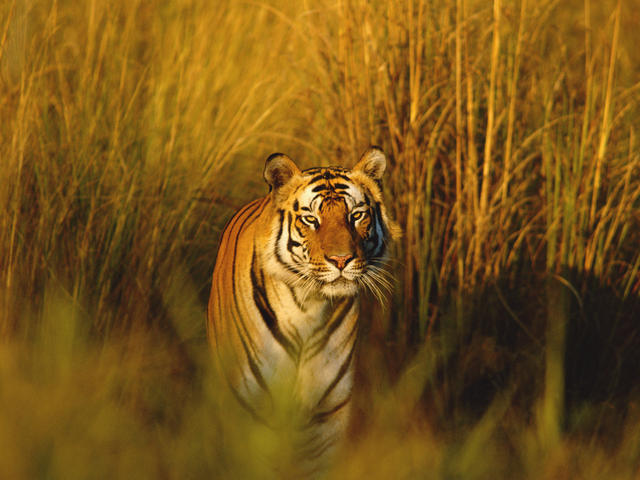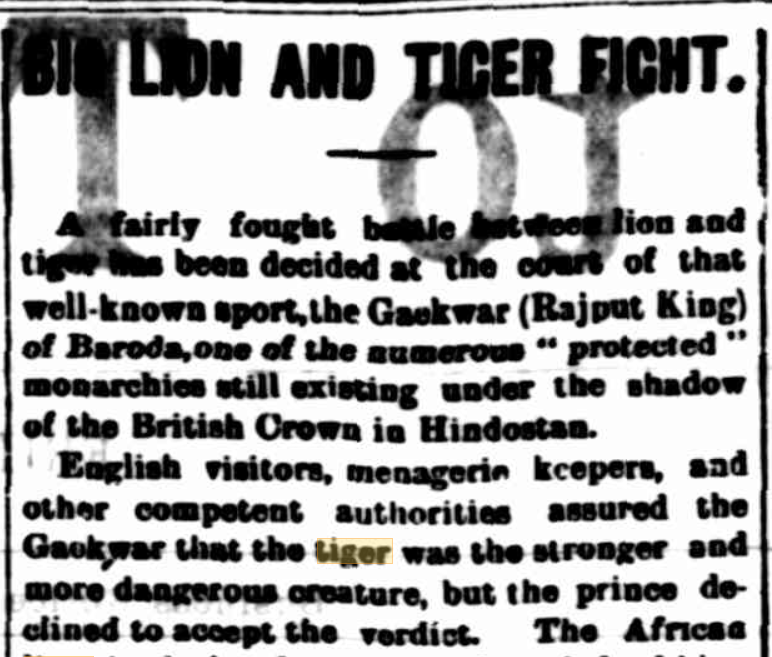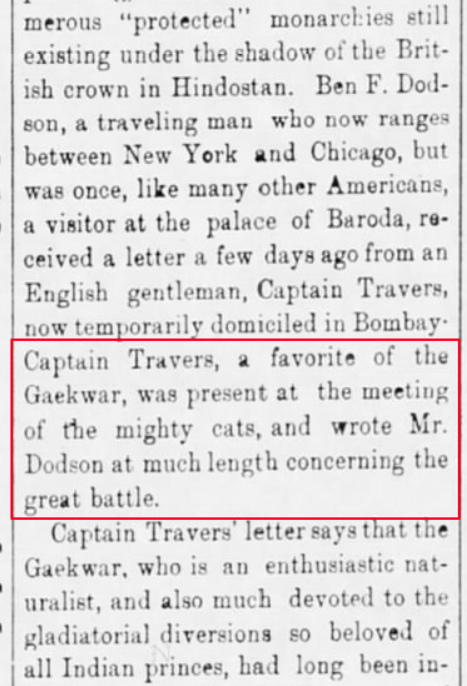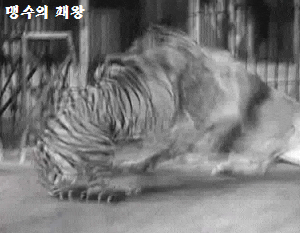Post by rock on May 2, 2019 5:46:53 GMT 5
Barbary Lion
Barbary lion zoological specimens range in colour from light to dark tawny. Male lion skins have short manes, light manes, dark manes or long manes.[11] Head-to-tail length of stuffed males in zoological collections varies from 2.35 to 2.8 m (7 ft 9 in to 9 ft 2 in), and of females around 2.5 m (8 ft 2 in). Skull size varied from 30.85 to 37.23 cm (12.15 to 14.66 in). Some manes extended over the shoulder and under the belly to the elbows. The mane hair was 8 to 22 cm (3.1 to 8.7 in) long.
The colour and size of lions' manes was long thought to be a sufficiently distinct morphological characteristic to accord a subspecific status to lion populations.[15] Mane development varies with age and between individuals from different regions, and is therefore not a sufficient characteristic for subspecific identification.[16] Barbary lions may have developed long-haired manes, because of lower temperatures in the Atlas Mountains than in other African regions, particularly in winter.[17] The size of manes is not regarded as evidence for Barbary lions' ancestry. Instead, results of mitochondrial DNA research support the genetic distinctness of Barbary lions in a unique haplotype found in museum specimens that is thought to be of Barbary lion descent. The presence of this haplotype is considered a reliable molecular marker to identify Barbary lions in captivity.[18] Results of a long-term study on lions in Serengeti National Park indicate that ambient temperature, nutrition and the level of testosterone influence the colour and size of lion manes
In historical accounts, the weight of wild males was indicated as 270 to 300 kg (600 to 660 lb). Yet, the accuracy of such data is questionable; the sample size of captive Barbary lions was too small to conclude whether it was the largest lion.The main animals they hunted in the Atlas Mountains were the Barbary stag and the gazelle. The lions also ate cows and sheep raised by people.
![]()

Bengal Tiger
The Bengal tiger (Panthera tigris tigris) is a tiger subspecies native to the Indian subcontinent that in 2010 has been classified as endangered by IUCN. The total population is estimated at fewer than 2,500 individuals with a decreasing trend, and none of the Tiger Conservation Landscapes within the Bengal tiger's range is large enough to support an effective population size of 250 adult individuals. The Bengal tiger is the most numerous tiger subspecies with populations estimated at 1,520–1,909 in India, 440 in Bangladesh, 124–229 in Nepal and 67–81 in Bhutan. Bengal is traditionally fixed as the typical locality for the binomial Panthera tigris, to which the British taxonomist Reginald Innes Pocock subordinated the Bengal tiger in 1929 under the trinomial Panthera tigris tigris. Bengal Tigers are fully grown at 2-3 years of age. Male reach weights of 200-230 kilograms and up to three metres in length. The females are 130-170 kilograms and up to 2.5 meters long. They have stripes all over their body. Their stripes are like fingerprints. No two are the same. The stripes are not only in the tigers fur, but are a pigmentation of the skin. They have a white spot on the back of their ears,whick looks like eyes. bengal tigers only weigh 310 lbs as females and 490-500 lbs for males.
![]()

Barbary lion zoological specimens range in colour from light to dark tawny. Male lion skins have short manes, light manes, dark manes or long manes.[11] Head-to-tail length of stuffed males in zoological collections varies from 2.35 to 2.8 m (7 ft 9 in to 9 ft 2 in), and of females around 2.5 m (8 ft 2 in). Skull size varied from 30.85 to 37.23 cm (12.15 to 14.66 in). Some manes extended over the shoulder and under the belly to the elbows. The mane hair was 8 to 22 cm (3.1 to 8.7 in) long.
The colour and size of lions' manes was long thought to be a sufficiently distinct morphological characteristic to accord a subspecific status to lion populations.[15] Mane development varies with age and between individuals from different regions, and is therefore not a sufficient characteristic for subspecific identification.[16] Barbary lions may have developed long-haired manes, because of lower temperatures in the Atlas Mountains than in other African regions, particularly in winter.[17] The size of manes is not regarded as evidence for Barbary lions' ancestry. Instead, results of mitochondrial DNA research support the genetic distinctness of Barbary lions in a unique haplotype found in museum specimens that is thought to be of Barbary lion descent. The presence of this haplotype is considered a reliable molecular marker to identify Barbary lions in captivity.[18] Results of a long-term study on lions in Serengeti National Park indicate that ambient temperature, nutrition and the level of testosterone influence the colour and size of lion manes
In historical accounts, the weight of wild males was indicated as 270 to 300 kg (600 to 660 lb). Yet, the accuracy of such data is questionable; the sample size of captive Barbary lions was too small to conclude whether it was the largest lion.The main animals they hunted in the Atlas Mountains were the Barbary stag and the gazelle. The lions also ate cows and sheep raised by people.

Bengal Tiger
The Bengal tiger (Panthera tigris tigris) is a tiger subspecies native to the Indian subcontinent that in 2010 has been classified as endangered by IUCN. The total population is estimated at fewer than 2,500 individuals with a decreasing trend, and none of the Tiger Conservation Landscapes within the Bengal tiger's range is large enough to support an effective population size of 250 adult individuals. The Bengal tiger is the most numerous tiger subspecies with populations estimated at 1,520–1,909 in India, 440 in Bangladesh, 124–229 in Nepal and 67–81 in Bhutan. Bengal is traditionally fixed as the typical locality for the binomial Panthera tigris, to which the British taxonomist Reginald Innes Pocock subordinated the Bengal tiger in 1929 under the trinomial Panthera tigris tigris. Bengal Tigers are fully grown at 2-3 years of age. Male reach weights of 200-230 kilograms and up to three metres in length. The females are 130-170 kilograms and up to 2.5 meters long. They have stripes all over their body. Their stripes are like fingerprints. No two are the same. The stripes are not only in the tigers fur, but are a pigmentation of the skin. They have a white spot on the back of their ears,whick looks like eyes. bengal tigers only weigh 310 lbs as females and 490-500 lbs for males.










